Leopard geckos have become increasingly popular pets due to their manageable size, unique appearance, and relatively straightforward care requirements. However, unlike dogs or cats that can express their emotions through vocalizations or obvious body language, understanding your leopard gecko’s state of mind requires closer observation of subtle behavioral and physical cues. As responsible pet owners, recognizing whether our scaled companions are thriving or struggling is essential for providing appropriate care and ensuring their well-being. This article explores ten key indicators that can help you determine if your leopard gecko is happy and healthy or potentially experiencing stress, illness, or discomfort.
Alert and Bright Eyes
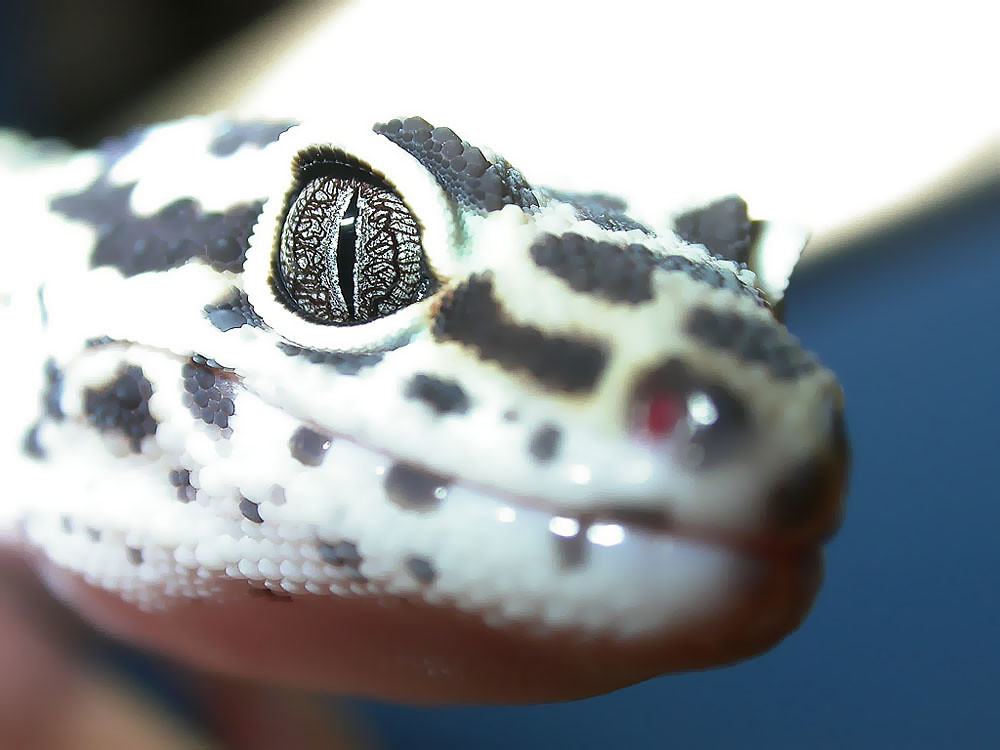
The eyes of a leopard gecko can tell you a great deal about their overall health and happiness. Happy geckos typically have clear, bright eyes that appear alert and responsive to movement in their environment. Their pupils should dilate and contract appropriately in response to changes in lighting, demonstrating normal neurological function. If you notice your gecko’s eyes looking sunken, cloudy, or if they frequently keep them closed during their active hours, this could indicate health issues such as dehydration, infection, or stress. Regular shedding around the eye area without complications is also a positive sign of a healthy, happy gecko who is maintaining proper hydration and skin health.
Healthy Appetite and Eating Habits

A content leopard gecko will typically display enthusiastic feeding behaviors and maintain a consistent appetite. When offered appropriate food items like crickets, mealworms, or dubia roaches, a happy gecko will actively pursue their prey, showing excitement and engagement during feeding time. They should consume an appropriate amount of food for their age and size, neither refusing meals nor becoming obese. Temporary appetite fluctuations can be normal during breeding season, shedding, or seasonal changes, but prolonged food refusal is a clear indicator of potential health issues or environmental stressors. Monitoring your leopard gecko’s eating habits provides valuable insight into their overall well-being and can serve as an early warning system for potential problems.
Proper Weight and Body Condition
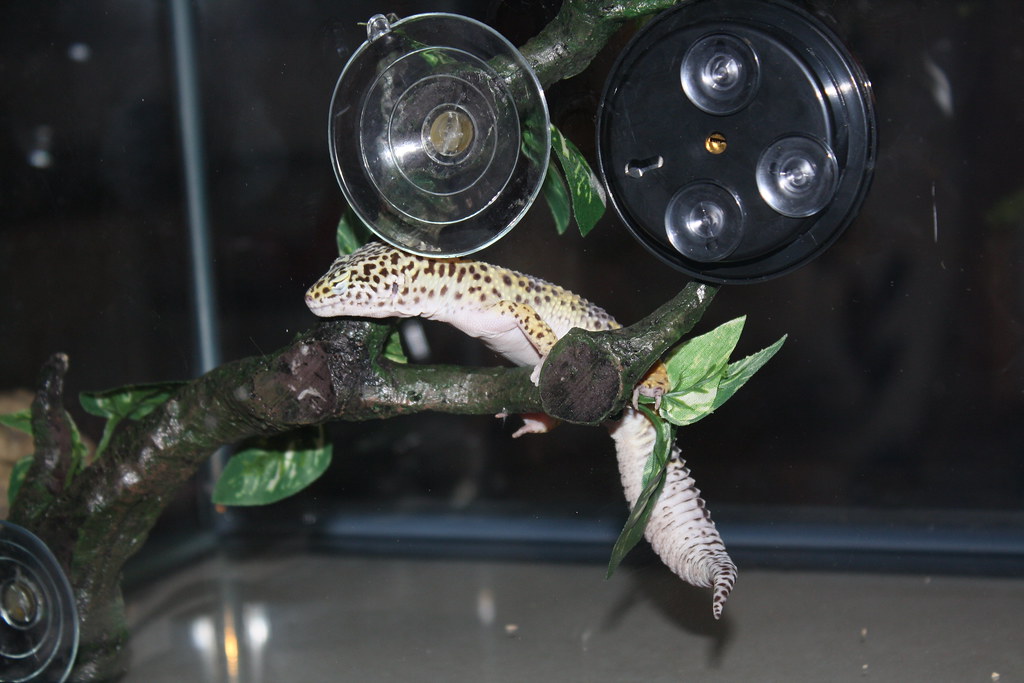
A happy and healthy leopard gecko maintains an appropriate weight and body condition throughout its life. The tail of a leopard gecko serves as a fat storage organ and should appear plump but not overly bloated in a well-nourished animal. You should be able to see a gradual taper from the base of the tail to the tip, with the widest part of the tail being approximately the same width as the gecko’s neck. The body should appear proportionate without visible hip bones or spine, which would indicate undernourishment. Conversely, excessive fat deposits around the limbs or abdomen suggest overfeeding, which can lead to health complications such as fatty liver disease. Regular gentle handling and visual assessment can help you monitor your gecko’s body condition over time.
Active and Exploratory Behavior
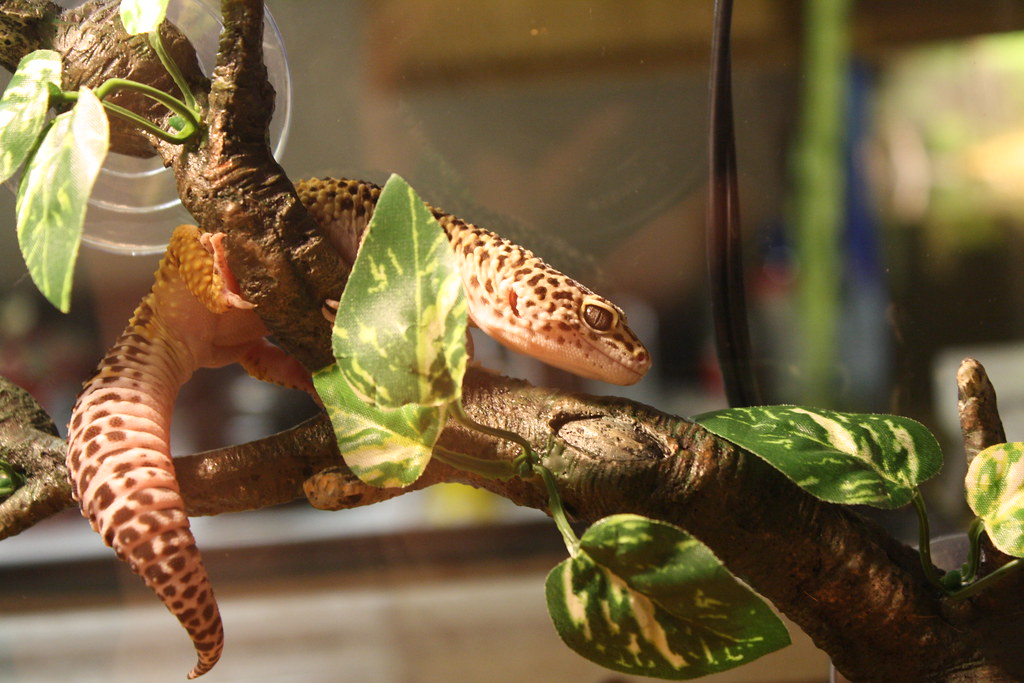
Leopard geckos that feel secure and content in their environment will display natural curiosity and exploratory behaviors, particularly during their active hours in the evening and night. A happy gecko will climb on decorations, investigate new items in their terrarium, and regularly utilize different areas of their habitat rather than hiding constantly. While leopard geckos aren’t as active as some other reptile species, they should still show periods of movement, hunting, and environmental interaction when they feel safe. If your gecko seems lethargic, spends excessive time hiding, or shows little interest in exploring its surroundings, it may be experiencing stress, inappropriate temperatures, or health issues that require attention. Providing adequate enrichment through varied terrain, climbing opportunities, and occasional habitat rearrangements can encourage healthy activity levels.
Calm Handling Response
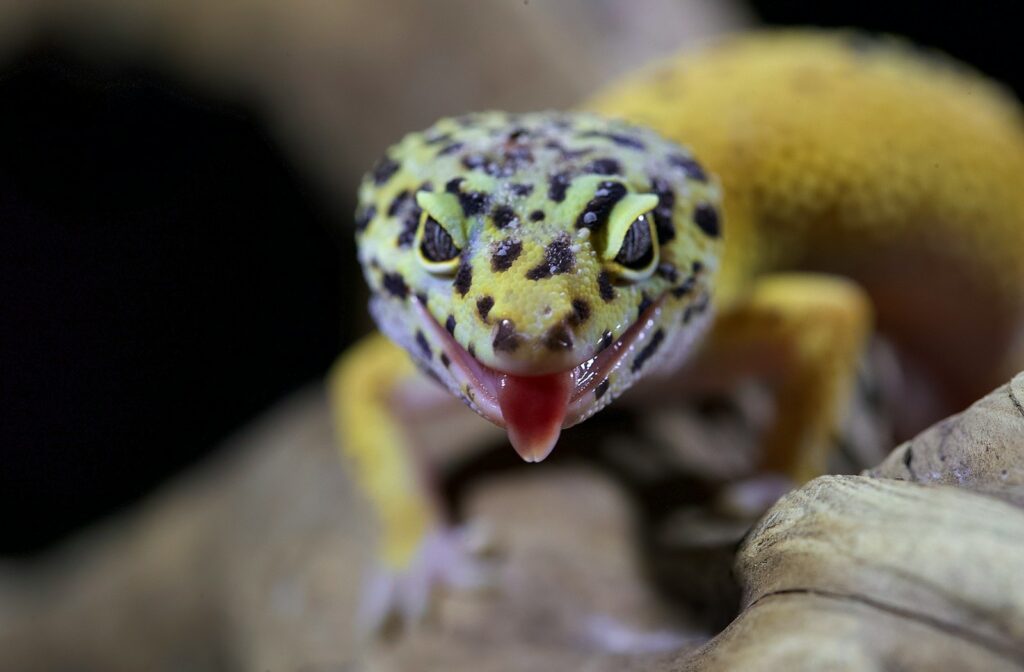
A leopard gecko that has been properly socialized and feels secure will typically tolerate handling with minimal signs of stress. While individual temperaments vary, most well-adjusted leopard geckos will remain relatively calm when picked up gently, showing neither aggressive behaviors like tail whipping and biting nor extreme fear responses like frantic escape attempts or freezing. They may initially tense up when first handled but should relax after a few moments as they recognize a non-threatening situation. A happy gecko might even explore your hands and arms with curiosity during handling sessions. It’s important to note that even content geckos may become stressed with excessive handling, so short, regular sessions are preferable to lengthy ones, especially when first building trust with your reptilian companion.
Regular and Complete Shedding
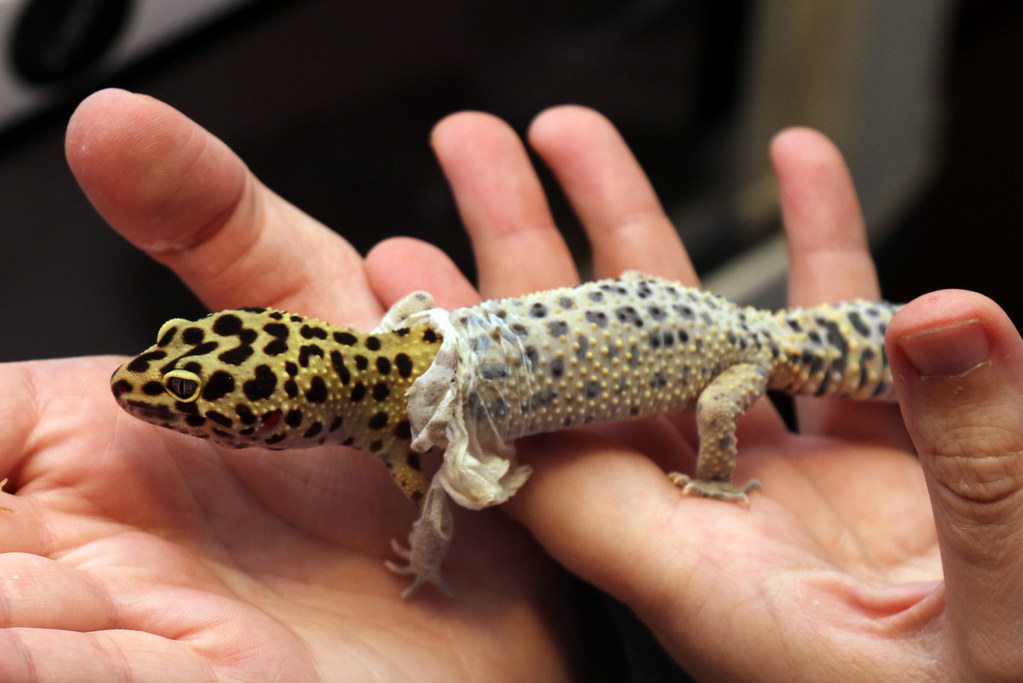
Successful shedding is an excellent indicator of a leopard gecko’s overall health and happiness. A well-hydrated, properly nourished gecko with appropriate humidity levels will typically complete their shed in one piece, often consuming the shed skin afterward (a natural behavior that recycles nutrients). The shedding process should occur regularly, approximately every 4-8 weeks for adults and more frequently for juveniles who are actively growing. Difficulty shedding, particularly around the toes, tail tip, or eyes (known as retained shed), suggests potential husbandry issues such as inadequate humidity or underlying health problems. Providing a moist hide filled with damp moss or paper towels gives your gecko an appropriate microclimate to assist with the shedding process, promoting both physical health and psychological comfort during this vulnerable time.
Appropriate Bathroom Habits
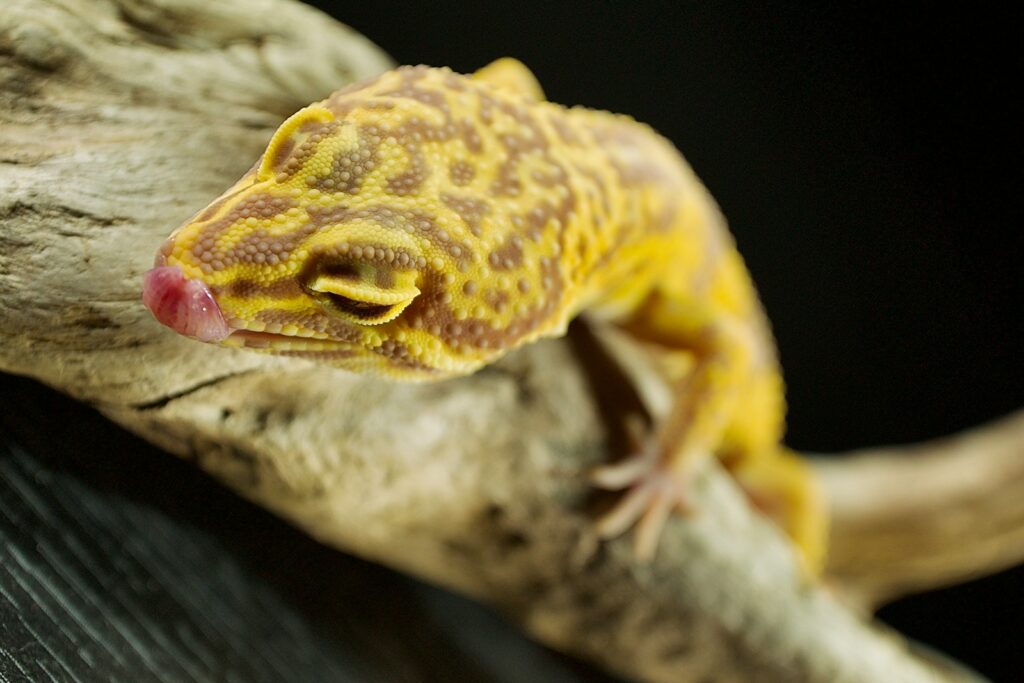
A happy and healthy leopard gecko will maintain consistent elimination patterns, producing solid, well-formed fecal matter alongside white urates (the solid waste product of their urinary system). The feces should be brown or dark in color, firm but not excessively hard, and produced regularly according to their feeding schedule. The urates should be white or slightly off-white, indicating proper hydration and kidney function. Changes in bathroom habits, such as diarrhea, unformed stools, discolored urates (particularly yellow or green), or straining during elimination, can indicate digestive issues, parasites, or other health concerns. Additionally, a content gecko will often choose a specific area of their enclosure for elimination, demonstrating their natural instinct for cleanliness and territory maintenance when they feel secure in their environment.
Relaxed Body Posture

Body language reveals much about a leopard gecko’s emotional state, with happy geckos displaying relaxed, confident postures. A content leopard gecko typically holds its body slightly elevated off the ground, with its tail resting flat or gently curved rather than rigidly straight or tightly coiled. Their legs should be positioned comfortably, neither splayed awkwardly nor tucked tightly against the body. When resting, a happy gecko may flatten slightly to absorb heat from a warm surface, but this differs from the defensive flattening seen in stressed individuals. The absence of rapid breathing or frequent startled responses to minor environmental changes also indicates a relaxed, comfortable animal. Learning to recognize your individual gecko’s normal posture makes it easier to identify when something might be amiss, as subtle changes in how they carry themselves often precede more obvious signs of illness or discomfort.
Appropriate Territorial Behaviors
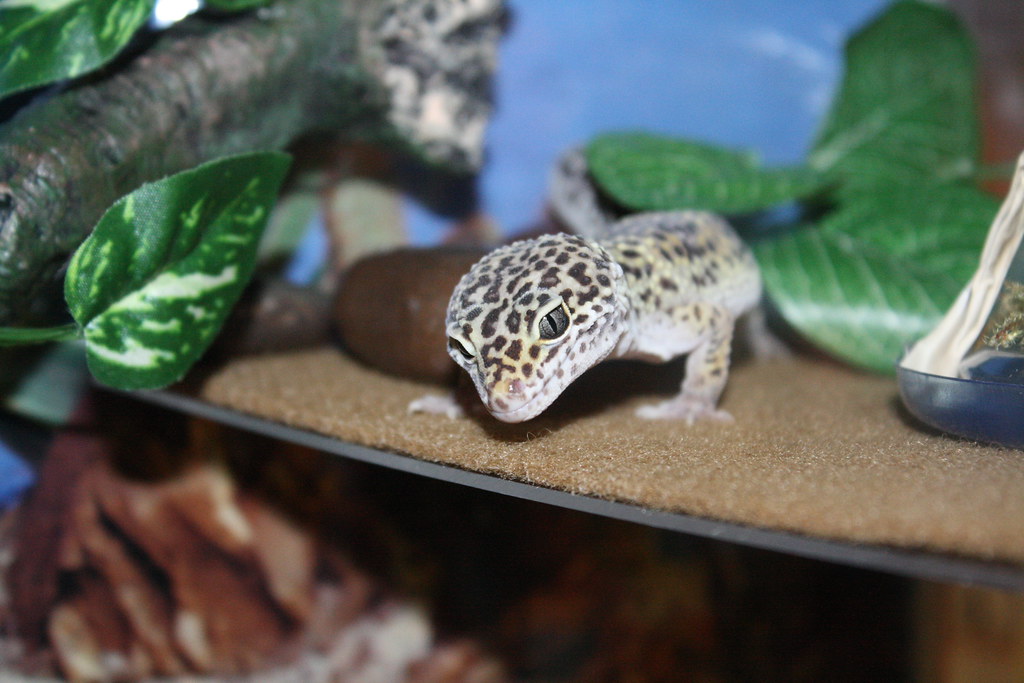
Leopard geckos are naturally territorial creatures, and displaying appropriate territorial behaviors indicates they feel secure enough to express natural instincts. Males in particular may engage in substrate scratching, where they rake their back feet in short motions, marking their territory through scent glands on their feet. Both males and females may develop preferences for certain hides or basking spots, demonstrating a healthy sense of ownership over their environment. However, excessive territorial displays, particularly when directed at tank mates, can indicate overcrowding or incompatible housing arrangements, as leopard geckos are generally solitary animals that should be housed individually unless breeding. A balanced expression of territorial behaviors without signs of stress or aggression suggests your gecko feels established and comfortable in its habitat.
Responsive to Environmental Stimuli
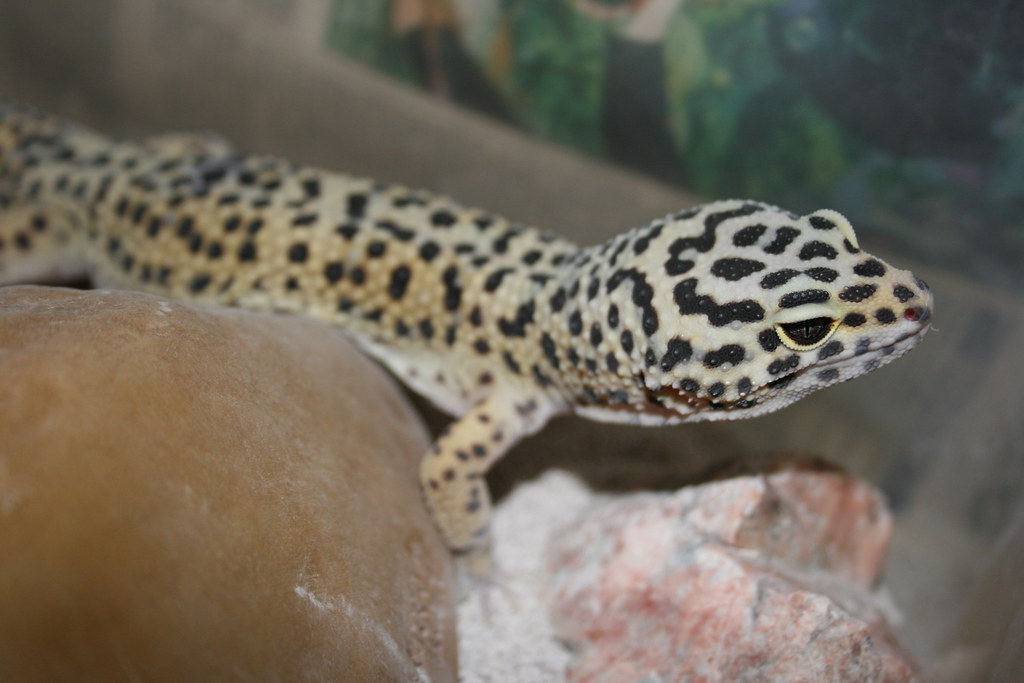
A happy leopard gecko remains alert and appropriately responsive to changes in its environment without showing signs of fear or aggression. They should react with curiosity to novel but non-threatening stimuli, perhaps investigating new decorations or watching movement outside their enclosure. When approached by their owner, they might come forward in anticipation of food or interaction rather than immediately retreating to a hide. Their pupils should dilate appropriately in response to light changes, and they should demonstrate awareness of sounds and vibrations in their environment. However, a content gecko shouldn’t appear hypervigilant or startled by minor disturbances, which would suggest anxiety or stress. This balanced responsiveness indicates your gecko feels secure enough to engage with its surroundings while maintaining appropriate self-protective instincts.
Absence of Stress Behaviors

Perhaps one of the most telling indicators of a happy leopard gecko is the absence of stress-related behaviors that would otherwise signal discomfort or fear. Stressed geckos may exhibit tail waving (slow, deliberate side-to-side movements of a raised tail), excessive hiding, glass surfing (repeatedly climbing the walls of the terrarium), aggressive displays like open-mouth threats, or unusual vocalizations beyond their typical clicking sounds. They might also show decreased appetite, abnormal bathroom habits, or disrupted sleep patterns. A truly content leopard gecko will rarely if ever display these behaviors, instead showing the confident, relaxed demeanor of an animal whose physical and psychological needs are being met. Regular observation of your gecko’s behavior patterns helps establish a baseline that makes stress behaviors immediately apparent when they do occur.
Creating the Optimal Environment for a Happy Gecko
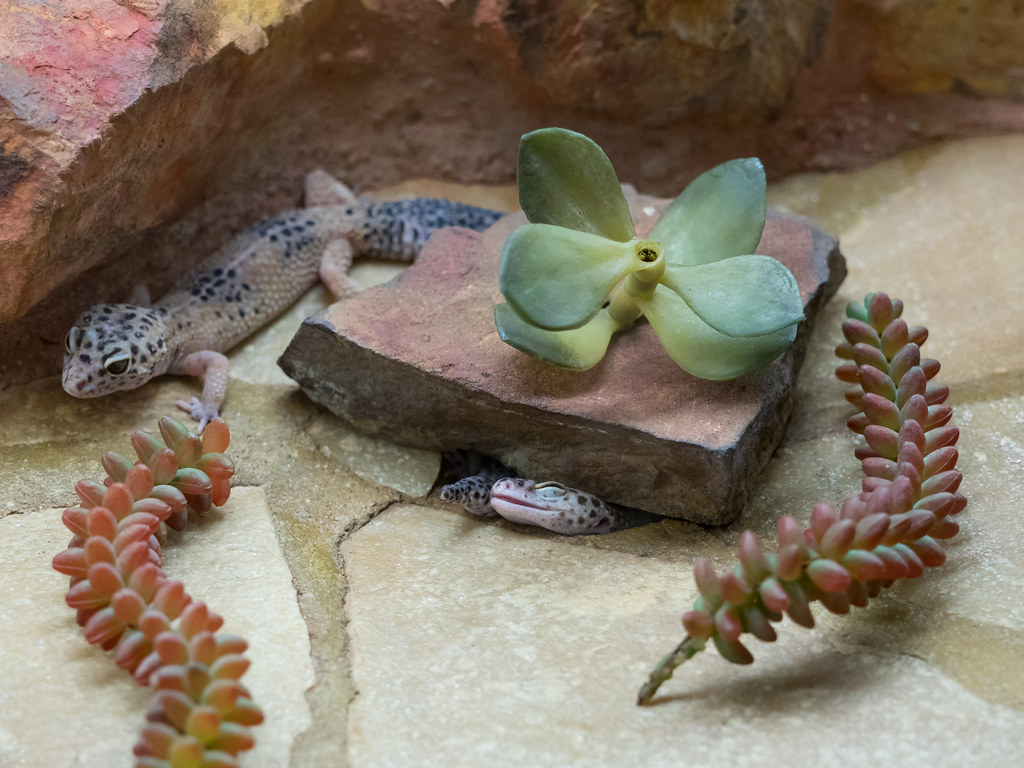
Ensuring your leopard gecko’s happiness requires providing an environment that meets all their physical and psychological needs. This includes maintaining appropriate temperature gradients with a warm side (88-92°F) and a cooler side (75-80°F), along with a properly heated digestive spot of around 90-95°F. Humidity levels should generally remain between 30-40% throughout the enclosure, with a moist hide providing a microclimate of higher humidity. Proper UVB lighting, while not strictly necessary for leopard geckos, can promote natural behaviors and aid in vitamin D synthesis. Offering various hides on both the warm and cool sides gives your gecko choices for thermoregulation while satisfying their need for security. Enrichment through different substrates, climbing opportunities, and occasional rearrangement of decor prevents boredom and encourages natural exploratory behaviors. By meeting these fundamental requirements, you create an environment where your leopard gecko can truly thrive rather than merely survive.
Conclusion
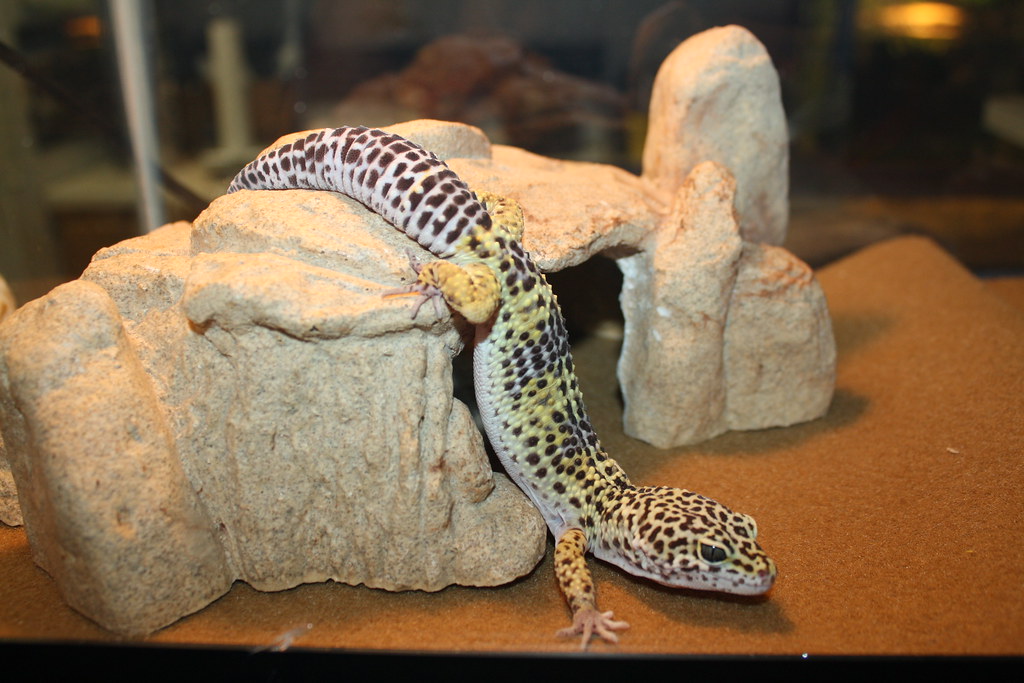
Understanding whether your leopard gecko is happy involves observing multiple aspects of their behavior, physical condition, and interactions with their environment. A truly content gecko will display a combination of positive indicators rather than just one or two signs in isolation. Regular observation becomes easier over time as you learn your individual pet’s normal patterns and preferences. Remember that subtle changes in behavior often provide the earliest warning signs of potential problems, allowing for prompt intervention before serious health issues develop. By providing appropriate habitat conditions, nutrition, and gentle socialization, while respecting their natural instincts and needs, you can create an environment where your leopard gecko not only survives but genuinely thrives. The reward for this attentive care is a fascinating companion who may live 15-20 years or more, giving you ample opportunity to build a unique relationship with your reptilian friend.

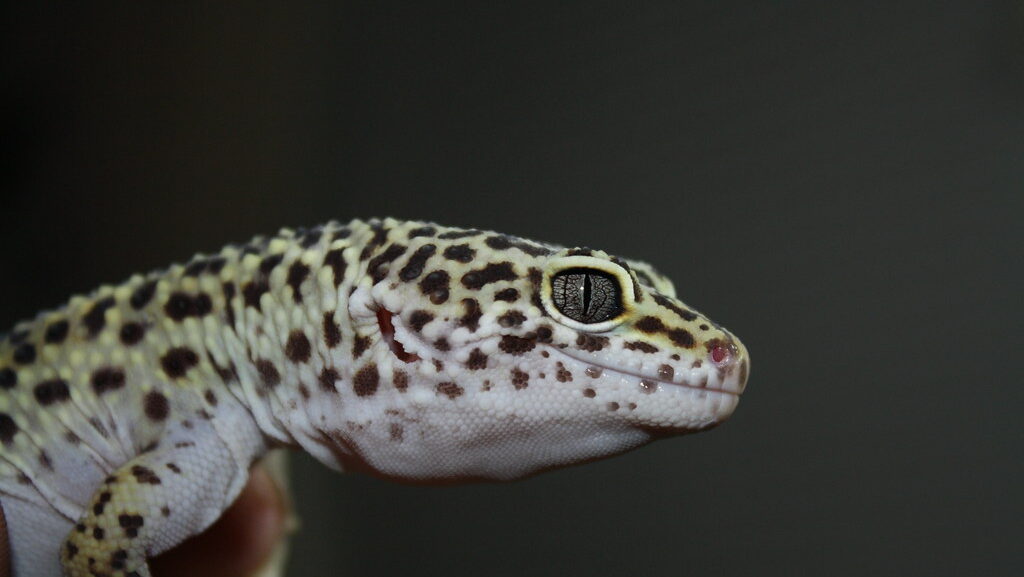


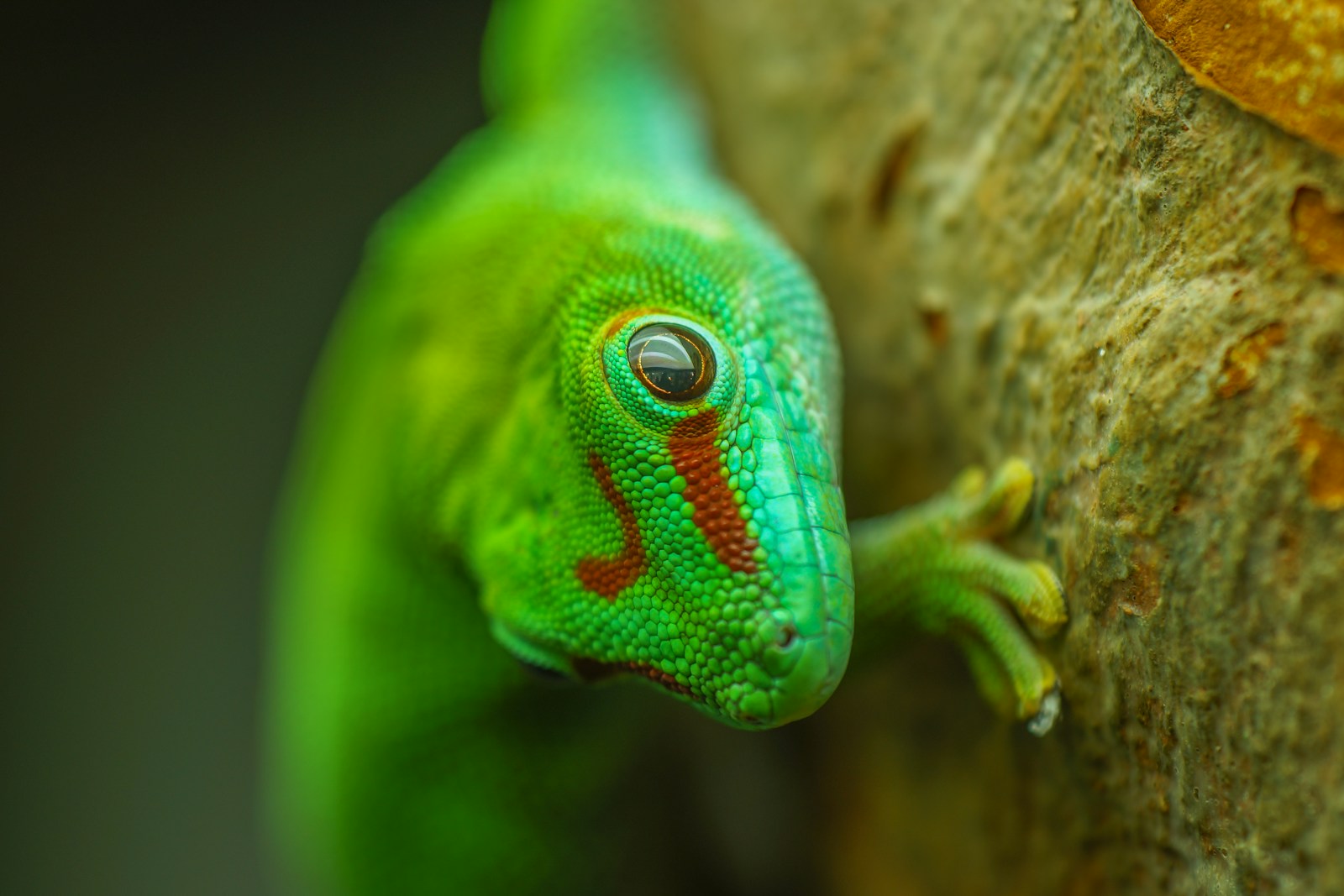
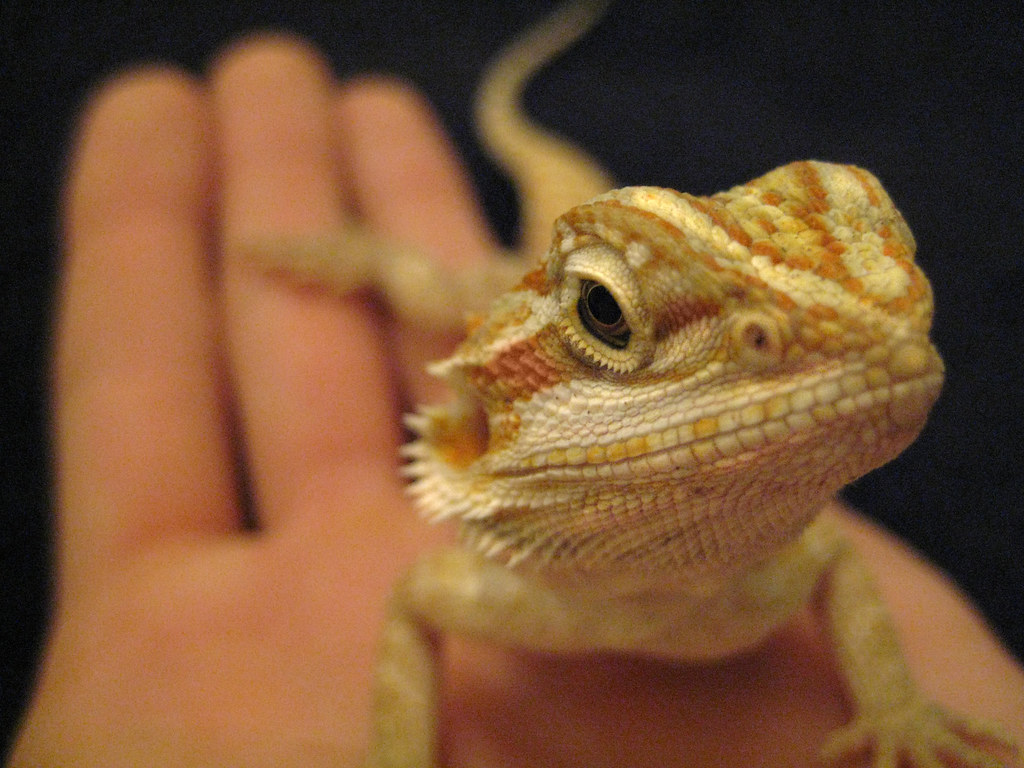

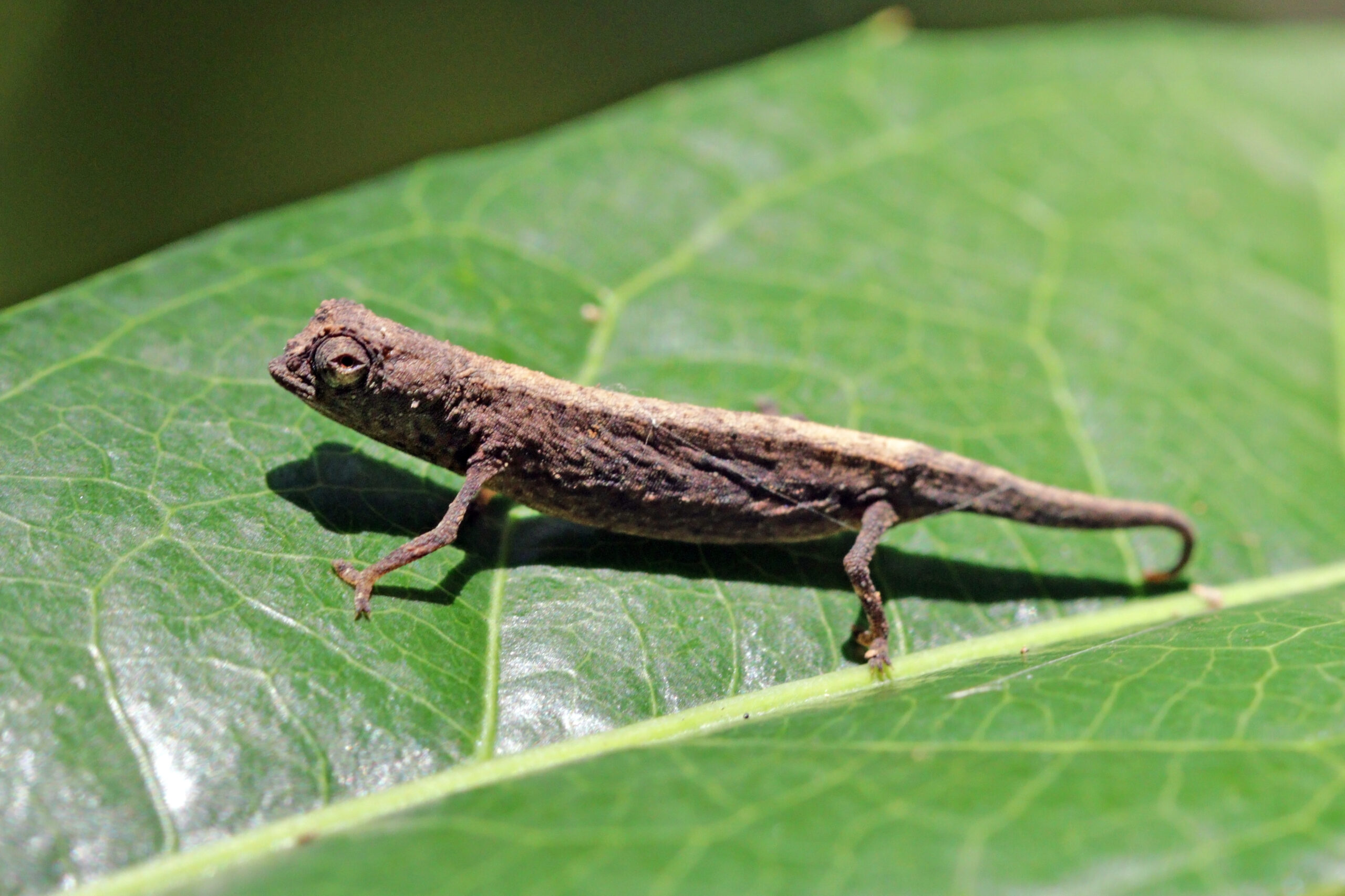

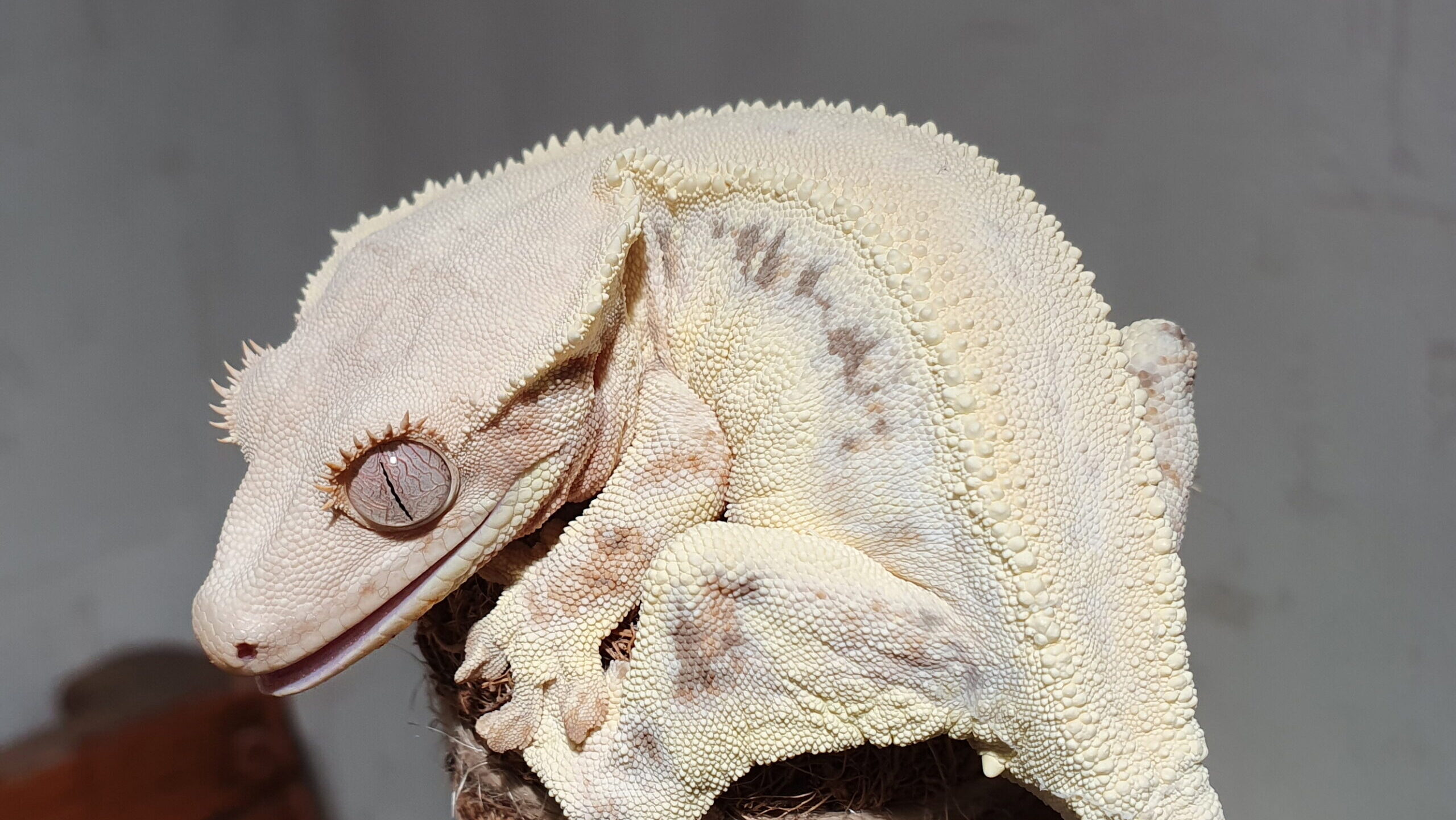
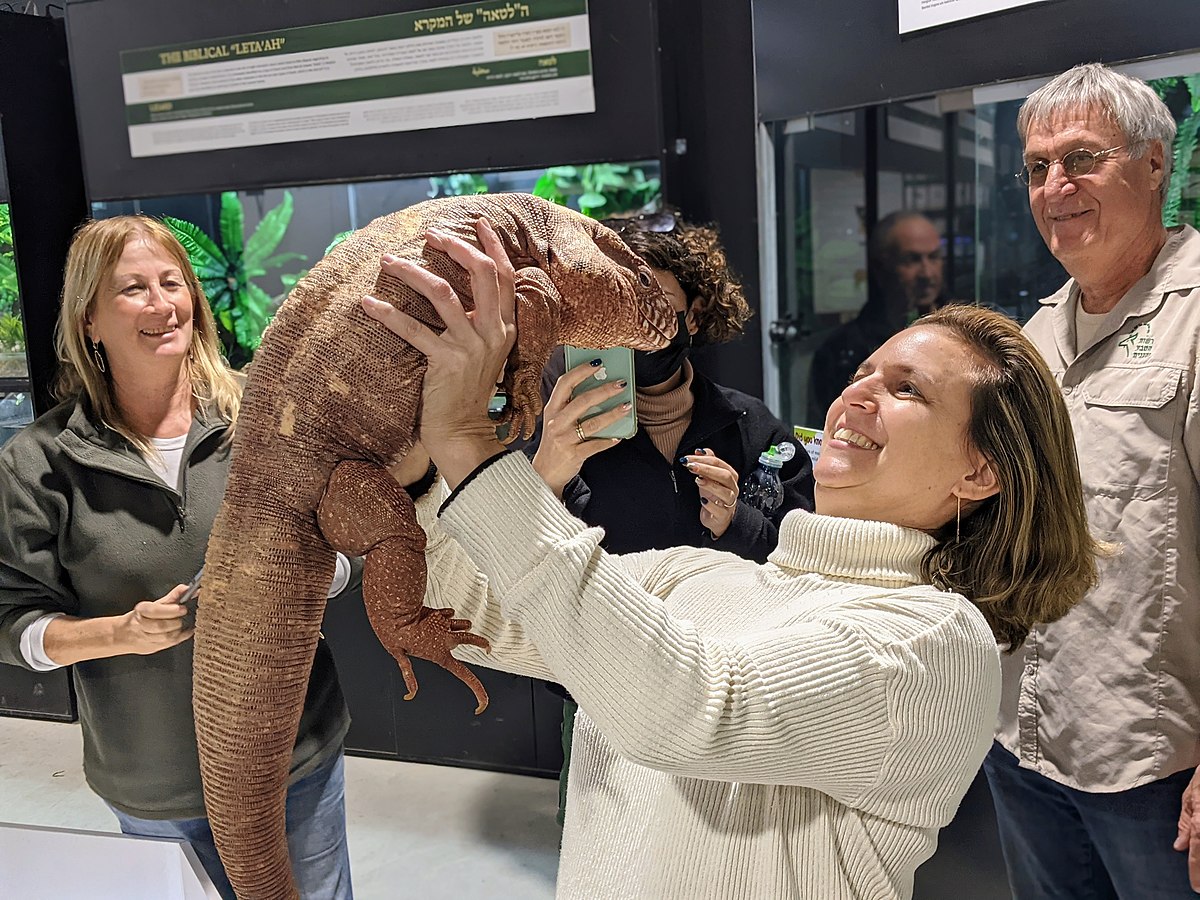





Leave a Reply